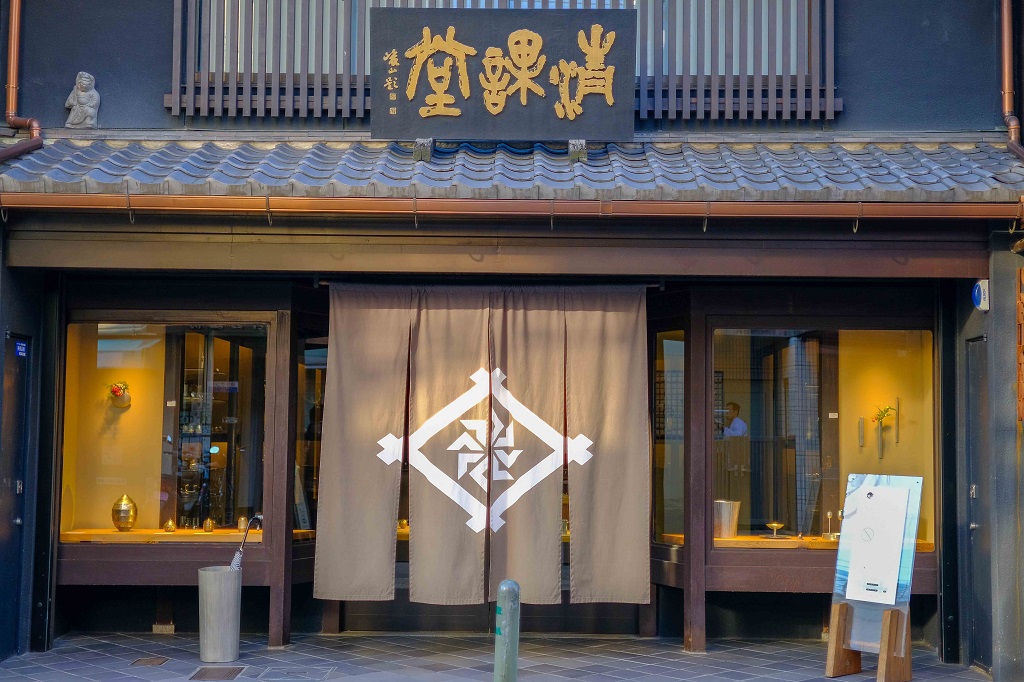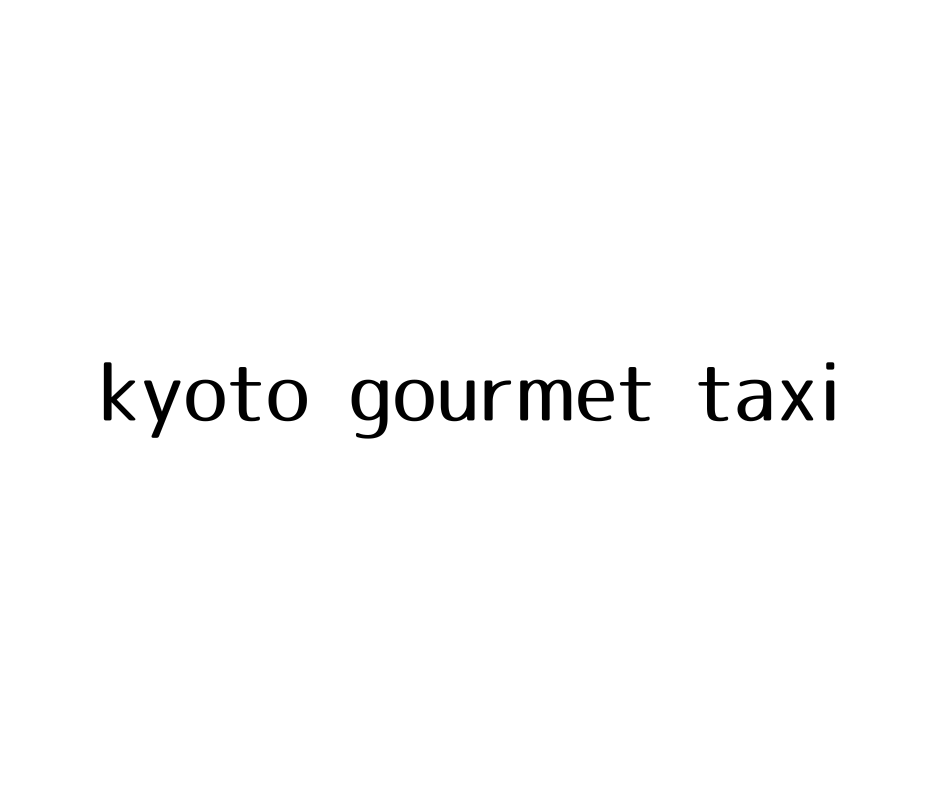

1. Seikado Tinware · Sukuu Series Sake Cup
Reasons why it is recommended: The round shape is pretty cute, making it feel like a treasure when you hold it in your palm. The three-leg bottom is inspired by ritual bronzes in ancient China.

Seikado is the only pewter shop in Japan with over a hundred years of history.
The Japanese love drinking and produce some of the best sake, beer and whisky, and tinware is the best utensil for alcoholic beverages. This is determined by the characteristics of tin: it has high thermal conductivity, superior heat and cold retention, and resistance to oxidation, corrosion and suffers almost no discoloration. Tinware can also neutralize the spicy taste of sake, bringing you a slightly sweet flavor.
The silvery shine of pewter is beautiful enough that any added decoration is redundant and vulgar. Every tin utensil at Seikado is hand-made, and the delicate grain on the surface of the tinware has been painstakingly hammered out by the craftsmen so each utensil has a unique appearance.
Of course, from a practical point of view, the grain on the surface of the tinware would not affect the taste, but the feeling it brings is different. Just like a tea lover would like to have delicate teaware, those who love alcoholic beverages also deserve to have beautiful cups or pitchers from Seikado.


Seikado
Address: 462 Myomanjimae-cho, Teramachi-dori-Nijo-sagaru, Nakagyo-ku, Kyoto, Japan
Telephone: +81-75-231-3661
Seikado Website
2. SOU · SOU · Takeshi Michiyuki Bamboo Basket Bag (Large) / SO-SU-U
Reasons why it is recommended: The bag is made of durable canvas, and the pattern of Arabic numerals is the most representative motif of SOU · SOU, which is easy to match with all types of dress and will never be out of style.

When thinking of Kyoto, you might think of the beautiful scene of elegant women with kimonos walking in historical neighborhoods. When you visit Kyoto youself, you would probably like to rent a kimono for an authentic local experience. However, if you’re thinking of buying a kimono to bring back home it becomes a tricky thing: as a formal and traditional dress for Japanese, it’s complicated to put on, and would not fit easily into your daily life. Therefore, I would like to introduce you to SOU · SOU, which offers modernized and trendy Japanese-style clothing that can be easily worn in everyday situations.
Founded in 2002, SOU · SOU is a very young brand in Kyoto, but it has earned both local and worldwide recognition. SOU · SOU creates kimono-style clothing and accessories for men, women and kids, as well as tabi shoes and socks with two toe segments like those worn by ninjas.
Traditional tabi shoes are black boots, which are only worn by the rickshaw men of Arashiyama and Higashiyama nowadays, while SOU · SOU’s tabi shoes come in both boot and slipper styles, available in a wide array of colors and patterns. Wearing them, you’ll definitely look cool and stylish instead of old fashioned! This series is considered to be a masterpiece in Japanese shoemaking, and even won the COOL JAPAN Award. Don’t miss their tabi socks, which offer many more colors and patterns.

It’s the rich choices of patterns that a major feature of SOU · SOU. The patterns are inspired by Japanese traditional motifs, flowers and plants showing the beauty of the four seasons, typical Kyoto motifs, like pagodas, etc.. Among these various patterns, the pattern of Arabic numerals definitely stands out. It’s worth mentioning that SOU · SOU is pronounced as “そ う そ う” (not “soso”, but close to “so-o so-o”), which means “Yes,” and also prime numbers in Japanese.

SOU SOU
Address: Nakano-cho, Nakagyo-ku, Kyoto, 604-8042, Japan
Telephone: +81-75-212-9595
SOU SOU Website
3. Kohchosai Kosuga: Miyako Bamboo Chopsticks
Reasons why it is recommended: A chopstick length of 22.5cm is suitable for daily meals for the whole family. The tips of the chopsticks are finished with a fine point and therefore good for picking up even a small grain of rice or a tiny piece of fish. Available in 7 colors.

The noted Chinese poet Su Shi once wrote, “Having meals without meat is fine, but living in a place without bamboo is not acceptable.” When you have bamboo in your garden or bambooutensils at home, you feel closer to nature. Eating with beautiful bamboo chopsticks, you will definitely have better appetite. So I’d like recommend you to buy a pair of delicate chopsticks when you visit Kyoto.
Founded in 1898, Kohchosai Kosuga is a hundred-old shop specializing in bamboo products, and also a long-established supplier of the Imperial Household Agency and aristocrats. Their products have been exhibited at several World Expos.
At Kohchosai Kosuga’s flagship store in Kyoto, each product is carefully placed like artworks in a gallery. With exquisite lighting, the texture and gloss of the bamboo products, as well as their delicate silhouettes are perfectly displayed.
There is a saying in Japan that the heart of a chopstick lies three centimeters from its tip. So the quality of the whole pair of chopsticks is mainly decided by the craft of the tips. The craftsmen of Kohchosai Kosuga skillfully cut and polish the bamboo boards into pieces only one centimeter thick, and the finest chopstick tips are only one millimeter thick! The two chopstick tips can fit together perfectly. In addition to general chopsticks for meals and rice, there are also chopsticks for noodles, on the tips of which are some shallow cuts so that the noodles will not slip off. What a thorough and practical design!
Common chopsticks will become discolored, deformed, or even become moldy after being used for one or two years. But a staff member at Kohchosai Kosuga told me that she had been using Miyako chopsticks at home for ten years. When my best friend was getting married, she told me that she would like to have a gift that she could use every day, “So I will think of you every day”. Without hesitation, I went to Kohchosai Kosuga to pick out two pairs of chopsticks; simple, elegant and ever-lasting, which was exactly my sincere wish for her marriage.

Kohchosai Kosuga
Address: 74 Nakajimacho, Nakagyo Ward, Kyoto, 604-8004 (The Royal Park Hotel Kyoto Sanjo, 1F)
Telephone: +81-75-221-8687
Kohchosai Kosuga Website
4. Malebranche: Strong tea langue de chat "CHA no KA"
Reasons why it is recommended: Not only the appearance of the biscuit but also the taste is exquisite. With sweetness and bitterness, the flavors of milk and tea reach the best balance in the mouth. It is only sold in Kyoto.

While the Yatsuhashi wagashi (Japanese confectionery) is a popular souvenir choice for tourists visiting Kyoto, Kyoto people would like to send their friends and relatives a box of CHA no KA. Although Malebranche has many shops all over Japan, CHA no KA is only sold in Kyoto.
Out of several shops in Kyoto, I recommend to visit the Kyoto Station Hachijoguchi Exit shop where you can enjoy its café and the tax-free policy. Besides matcha-based biscuits, it also sells a variety of Western pastries. Have a seat and take your time to enjoy!
Strong tea langue de chat “CHA no KA” is a name combining French and Japanese. “Langue de chat” in French means the tongue of a cat, for the long and thin shape of the biscuit, and “CHA no KA” in Japanese means tea confectionery.
The most famous langue de chat in Japan is Shiroi Koibito, made in Hokkaido, while in the Kyoto area, it has to be CHA no KA.
Ingredients in Malebranche products have been carefully selected, beginning with the tea.
The serious process of producing CHA no KA begins from the careful selection of tea leaves. To make CHA no KA, Malebranche staff regularly visit a particular tea plantation in Uji, where tea is carefully grown and kept away from direct sunlight. Only the freshest tea tree sprouts are picked and it’s only done once a year. As the taste of tea leaves is highly affected by the climate, they will be mixed by skillful tea appraisers in order to maintain the strong tea taste.
Between the two langue de chat biscuits, there is white chocolate with milky and sweet flavors. With one bite, your tongue first feels the crispness and the rich aroma of tea, followed by the sweetness of white chocolate, therefore sweetness and bitterness, and the flavors of milk and tea reach the best balance in your mouth.
CHA no KA is also flawless in appearance. The delicate and flat surface bears three kinds of marks in the center: “Kyo”(capital), “Cha”(tea) and “Ka”(confectionery), which reflect the Kyoto culture of decoration.

Malebranche Hachijo Entrance Store
Address: 31-1, Higashishiokoujikamadonocho, Shimogyo-ku, Kyoto-shi, Kyoto (Kyoto Station Kintetsu Street of well-known stores, Miyakomichi)
Telephone: +81-75-661-3808
Malebranche Hachijo Entrance Store Website
There are 1624 tax-free shops in Kyoto (as of April 1, 2019) that sell souvenirs, traditional crafts, food, alcohol, clothing, jewelry, electronics, pharmaceuticals, cosmetics and more.
(Photos of products courtesy of Seikado, SOU · SOU, Kohchosai Kosuga and Malebranche.)












